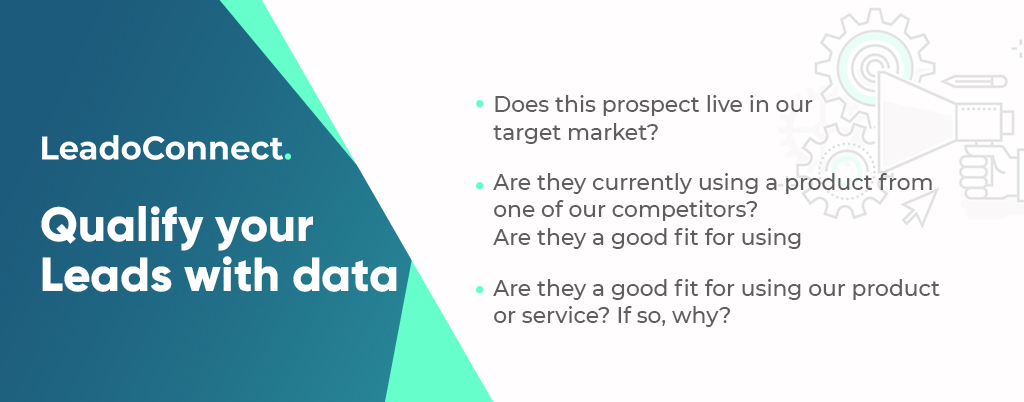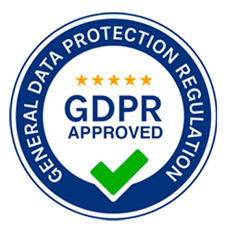In the realm of sales, two prominent strategies dominate the landscape: inbound and outbound sales. While both approaches aim to drive revenue and acquire customers, they differ in their methodologies and core principles. Understanding the differences between inbound and outbound sales is crucial for businesses to choose the right strategy that aligns with their goals, target audience, and resources. In this article, we will explore the disparities between inbound and outbound sales and help you determine which strategy might be the most effective for your business.
Inbound Sales:
Inbound sales is a customer-centric approach that focuses on attracting and engaging potential customers who have shown interest in your products or services. It revolves around building relationships, establishing trust, and providing value to prospects throughout their buyer’s journey. The key components of inbound sales include:

Content Marketing:
Inbound sales heavily relies on creating valuable and educational content to attract potential customers. This content can take the form of blog posts, e-books, videos, and social media posts. By providing helpful information, businesses can position themselves as industry experts and capture the attention of their target audience.
Lead Generation: Inbound sales prioritizes lead generation through tactics such as website forms, gated content, and newsletter subscriptions. These methods allow businesses to capture contact information from interested prospects, enabling them to nurture those leads and guide them towards a purchase.
Lead Qualification and Nurturing:
Once leads are captured, the focus shifts to qualifying and nurturing them. This involves understanding their needs, pain points, and readiness to make a purchase. By leveraging marketing automation tools and personalized communication, businesses can deliver targeted content and engage with prospects at the right time, ultimately converting them into customers.
Consultative Selling:
Inbound sales emphasizes a consultative selling approach, where sales representatives act as advisors rather than pushy salespeople. They actively listen to prospects, understand their challenges, and recommend tailored solutions. By providing value and addressing specific pain points, inbound sales aims to build trust and establish long-term customer relationships.
Outbound Sales:
Outbound sales, on the other hand, is a proactive approach where sales representatives reach out to potential customers directly. It involves identifying and targeting prospects who may not have expressed interest in your offerings yet. The key components of outbound sales include:
Prospecting:
Outbound sales relies heavily on prospecting, where sales representatives proactively search for potential customers. This can be done through various methods, such as cold calling, email outreach, social media prospecting, and attending industry events. The goal is to identify and reach out to individuals or companies who may be a good fit for your products or services.
Lead Qualification:
Once prospects are identified, the next step is to qualify them based on criteria such as industry, company size, and budget. This ensures that the sales team focuses their efforts on prospects who are more likely to convert into customers. Effective lead qualification saves time and resources, allowing sales representatives to prioritize their outreach efforts.
Direct Outreach and Engagement:
Outbound sales involves direct outreach to prospects through channels like phone calls, personalised emails, and social media messages. The goal is to capture the prospect’s attention, showcase the value of your offerings, and initiate a conversation. Outbound sales representatives need to be persuasive, knowledgeable, and proactive in engaging with potential customers.
Closing the Sale:
Outbound sales typically follows a more traditional sales process, where the emphasis is on closing the deal. Sales representatives actively guide prospects through the sales funnel, addressing objections, and highlighting the benefits of your offerings. The goal is to secure a purchase or move the prospect further down the sales pipeline.







